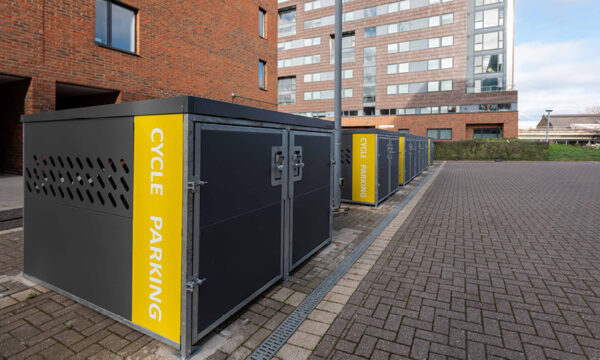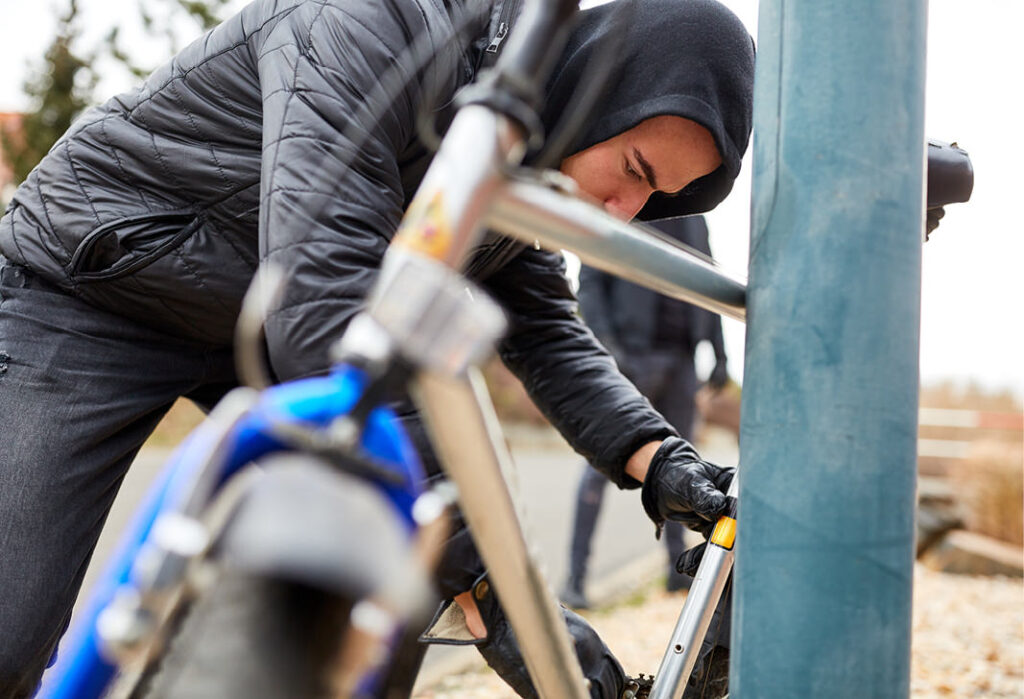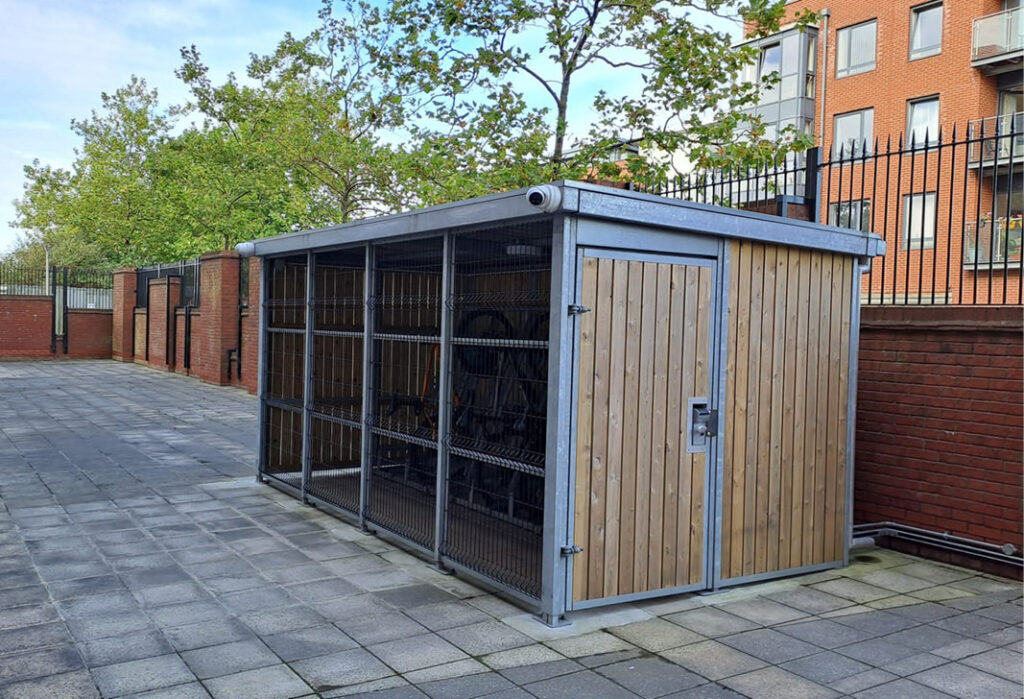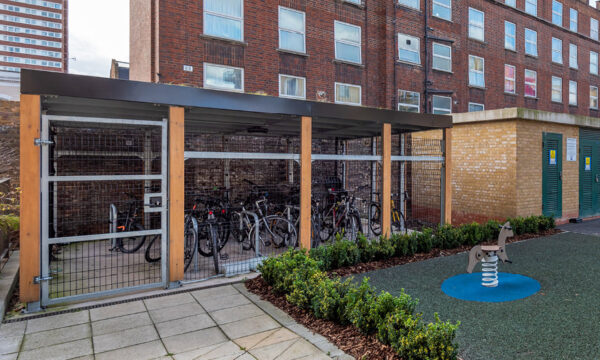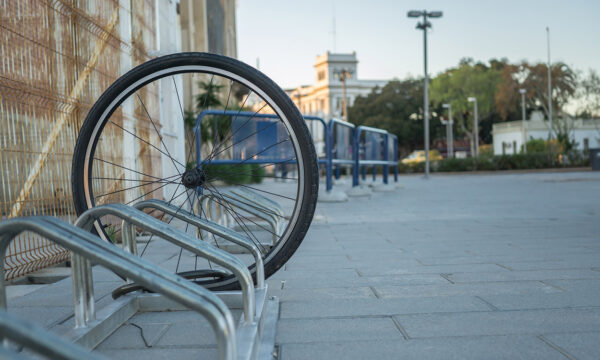On 2nd October 2025, the British Transport Police (BTP) confirmed a major shift in its approach to cycle theft. Any bike left for more than two hours outside a station will, in most cases, not be investigated and CCTV footage beyond that timeframe will rarely be reviewed, if ever. Thefts below £200 are to be de-prioritised and will not prompt active investigation.
The rationale, as explained by BTP, is resource constraints. Allocating officer time to reviewing hours of CCTV for offences unlikely to be solved detracts from the policing of higher-harm crimes. Following some public outcry at the changes to the BTP’s cycle theft approach, they have since added that they are exploring the potential use of AI to help screen CCTV footage in future, though no specific plans have been announced.
The decision raises concerns on several fronts, weakening deterrence by signalling that bikes left for more than two hours are unprotected. It undermines public confidence by suggesting station theft will be tolerated and places greater pressure on transport authorities and operators to provide infrastructure that actively deters crime where enforcement no longer does.
Recent bike theft data and trends
The scale of bike crime in London remains sobering, especially when viewed through recent figures:
- In the 12 months to April 2025, Hackney was the worst-affected borough for bike thefts, with 1,363 reported incidents, nearly three times the London average of 1.7 per 1,000.
- Across the wider London region, in the period August 2024 to July 2025, there were approximately 14,900 bicycle thefts.
- More broadly, data from the Office for National Statistics shows that in the year ending March 2024, bike theft remained a persistent issue in England & Wales. Office for National Statistics
- Importantly, only around 1% of reported bike thefts in London result in arrest, prosecution or conviction. Even when theft is reported, the odds of resolution are extremely low.
The issue extends well beyond the capital. Most bike thefts in England and Wales go unreported, with around 71% of victims not informing the police. The remaining incidents that are reported, totalled a shocking 77,000 stolen bikes last year, According to the Office for National Statistics.
Nationally, only around 1.4% of these cases result in a suspect being identified, highlighting how few offenders are caught or charged. These figures expose a widening gap between the threat to cyclists and the effectiveness of current policing strategies or deterrents in place today.
Why this matters for infrastructure and design
The shift by BTP makes clearer than ever, that infrastructure must bear more of the burden in protecting cycles from theft. Some key considerations we can expect to discuss in the future:
Gated entry, card/PIN-based systems, turnstiles, or other controlled access methods shift risk away from open racks. Many of these systems are used successfully in European countries where cycling is much more prominent. Will we see a shift towards similar entry systems in the UK?
Security accreditation will surely become a crucial design requirement, with systems such as Secured by Design and Sold Secure setting recognised UK benchmarks. Products meeting these standards are classed as ‘Police Preferred Specification’, tested and certified to resist defined levels of attack. urbanspec bike stores and hubs are independently assessed by Sold Secure to SS104 and SS314 standards, achieving Bronze, Silver and Gold ratings depending on the level of protection specified.
- Visibility, location and user flow
Placing cycle hubs in high-visibility, high-footfall zones improves safety through natural surveillance.
At urbanspec, we’re ready to work with transport authorities, rail operators and local governments to deploy systems that don’t rely on enforcement, but make theft difficult, visible and unattractive.
A recent example can be seen at Two Humber Quays in Hull, where an urbanspec H-Series Bike Hub provides secure storage for employees. The hub benefits from a gated location with controlled access and clear sightlines through V-Mesh panels, ensuring visibility from the entrance pathway. Together, these measures create a strong first line of defence that deters theft through both design and placement.
